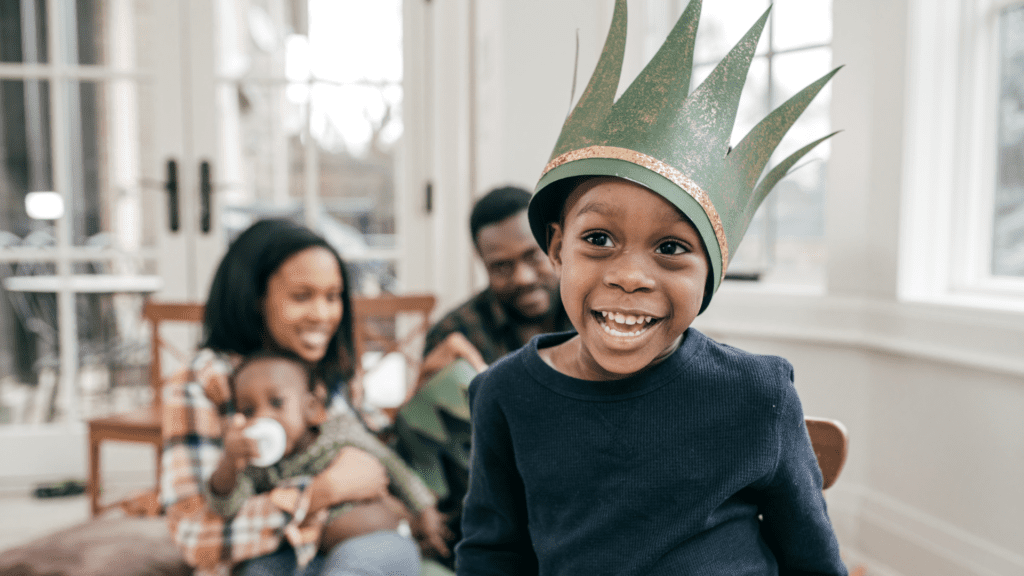
A new report indicates that the number of American children living with two parents has reached its highest level in decades, contrary to predictions that this percentage would continue to fall.
The Institute for Family Studies, dedicated to strengthening marriage and family life through research and public education, released a report titled “The Resurgence of the Two-Parent Family” last Wednesday. The report was authored by Nicholas Zill, a senior fellow at the Institute and a research psychologist. It includes data from the U.S. Census Bureau on the living arrangements of children under 18, tracking changes since 1960.
In 1960, 87.7% of children under 18 lived with two parents. This percentage dropped to 67.3% by 2005. However, in 2023, the share of children living with two parents rose to 71.1%, the highest level since 1990. Meanwhile, 25.1% of children under 18 lived with a single parent in 2023, and 3.8% lived with neither parent. The report also provides a more detailed breakdown of family situations for American children.
According to 2022 Census data, 60% of American children lived with their married birth parents. Single-parent households were the second most common arrangement, with 26% of children living with one birth parent. Of these, nearly one-quarter (21.5%) lived only with their mothers, while a smaller percentage (4.6%) lived only with their fathers.
Other family structures included married birth parents with a stepparent (5%), cohabiting birth or stepparents (5%), grandparents or other relatives (3%), and foster parents or other guardians (1%).
The report also highlighted that younger children are more likely to live with their married birth parents than older children. In 2022, 53.6% of children aged 15 to 17 lived with both married parents, compared to 59.6% of children aged 6 to 14, and 64.9% of children aged 5 and younger.
When looking at racial demographics, Asian children had the highest percentage living with married birth parents (81%), followed by white children (70%), Hispanic children (55%), multiracial children (51%), and Black children (33%). Additionally, the report found that 82% of children born to college-educated mothers lived with both married parents, compared to only 54% of children whose mothers did not have a college degree.
Zill commented on the findings, noting that those who predicted an ongoing rise in family instability or single parenthood were mistaken. He observed that more young adults across various racial and ethnic groups are recognizing the economic, educational, and emotional benefits of marriage for themselves and their future children. As parenthood becomes more selective, those inclined towards marriage may have advantages in childbearing.
Zill also pointed out two trends that could further promote the resurgence of traditional families: adults are having children at older ages, and there is an increase in recent immigrants in the U.S. population. Adults who start families in their 30s and 40s are more likely to marry beforehand and stay married. Recent immigrants also tend to marry before having children and maintain those marriages.
A previous study by the Institute for Family Studies in 2022 examined the link between living with two married parents and academic success. Based on 2019 data, it found that children not raised by both married parents were 2.18 times more likely to have their school contact their parents about behavioral issues. Additionally, these children were 1.63 times more likely to have academic-related communications with parents and 2.92 times more likely to get suspended or 2.01 times more likely to repeat a grade.
The earlier report concluded that children from stable, married families are better positioned to receive the guidance and support they need to succeed academically compared to those from disrupted or reconstituted families. However, it emphasized that many children from non-traditional families can still excel in school despite facing challenges at home.



